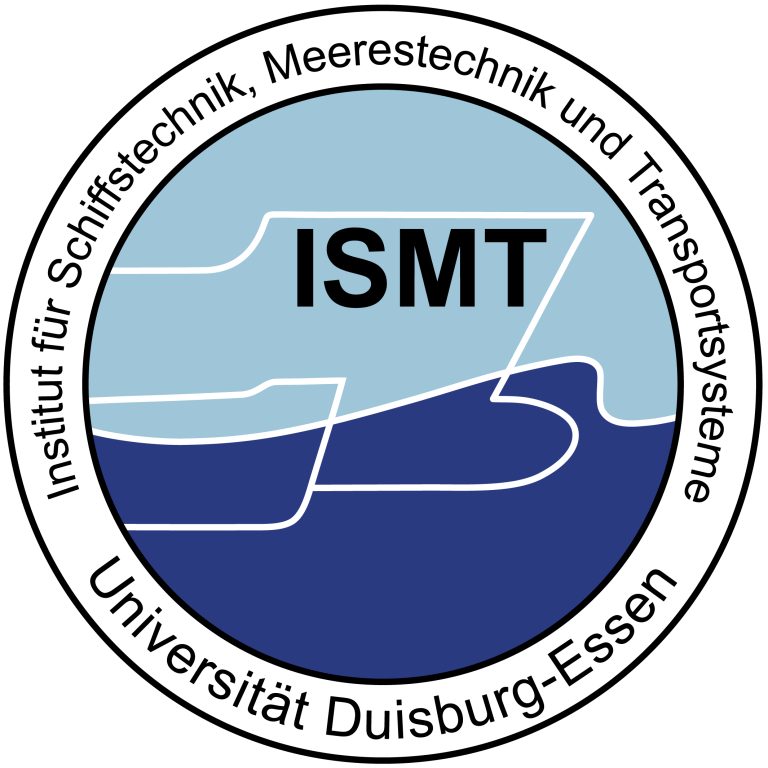FernBin
Introduction to the project
Remote controlled inland vessel – remote controlled and coordinated driving in inland navigation
In view of current challenges such as the shortage of qualified nautical personnel, especially skippers, as well as the freight structure effect , there is a growing need for innovative and future-oriented solutions to strengthen inland navigation. One viable approach is seen in operating ships remotely: Here, the skipper no longer steers the ship from his wheelhouse in the wheelhouse, but from a remote control station on shore. Ship operation thus becomes a job at a fixed work location close to home.
In addition, this approach opens up the possibility of a skipper being able to control more than one ship at a time with the help of assistance systems, such as a track controller and collision warning system. It is also conceivable that many ships could be remotely controlled by a group of skippers from one shipping company headquarters. This would not only provide redundancy in the event that a remotely controlling shipmaster unexpectedly fails, but could also significantly reduce costs at the same time. This approach is pursued in the joint project ‘FernBin’ presented here. All necessary components and requirements are to be developed in order to achieve the same transport performance and traffic safety with a remote-controlled inland vessel as with conventionally controlled vessels.
In this way, two overriding goals can be achieved: The shortage of skilled shipmasters can be alleviated by, on the one hand, making the profession of shipmaster more attractive to young people again and, on the other hand, by using assistance systems to steer the ships so that fewer shipmasters than ships will be needed in the future. With remote control, it will also be possible to operate smaller ship units economically, with which new logistics concepts can be realized and thus freight transports can be shifted to the waterway.
Various steps are required to realize this project. First of all, these include the appropriate technical approaches for remote control of the ships. These include the necessary sensors and actuators as well as the associated interfaces, the remote control station on shore, the data protocol to ensure robust and secure data transmission, and assistance systems for web guidance and collision warning.
Furthermore, the realization of the assistance systems also includes the prediction of the driving behavior of other road users, especially in flowing waters. In particular, the maneuvering characteristics of the ship and the behavior of other skippers must be taken into account as central parameters.
The goal is an adaptive navigation system that reacts dynamically to the surrounding traffic and processes traffic information in real time. It supports the remotely navigating skipper by predicting and visualizing the space required to encounter ships and displaying possible options for the skipper in a “predictive mode.” In this way, it enables him to safely and reliably navigate his own vessel depending on the behavior of other road users.
Against the background of mixed traffic consisting of remote-controlled, automated and conventional ships, a control center is to be realized that has comprehensive information about the traffic situation on the waterway. An operator in a control station observes the situation and can intervene if necessary. At the same time, the control center offers possibilities for collecting and exchanging information from various sources.
In the planned “Research Strategy for Automated Driving in Inland Navigation,” remote-controlled driving is an intermediate step on the way to automated driving. Many of the technologies and components being developed here will later be used on an automated inland waterway vessel. In the case of a fully autonomous inland waterway vessel, the remote control functions could also be relocated in the future to an emergency control center as a fallback level, which could intervene manually in the event of system failures or critical situations.












